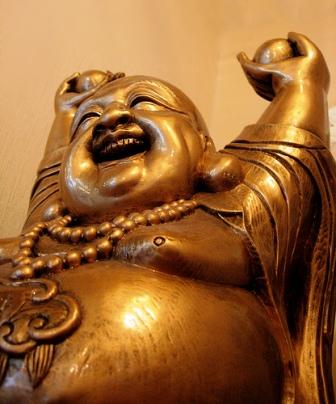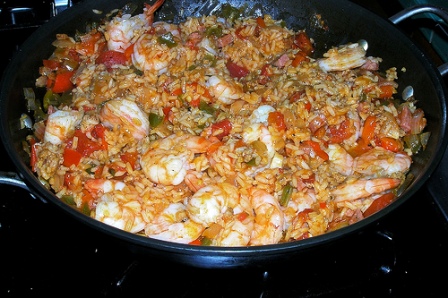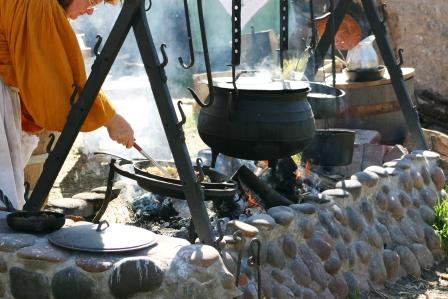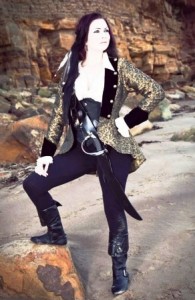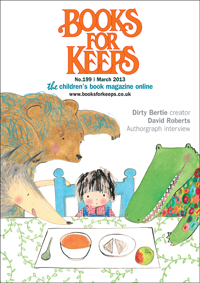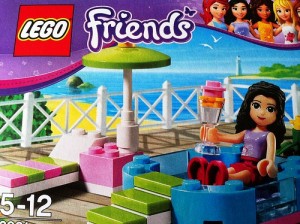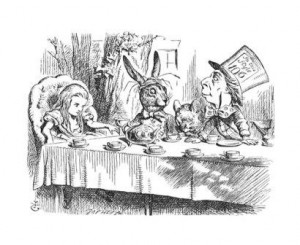 I have no good answer to Lewis Carroll’s riddle ‘Why is a raven like a writing desk?’ – but I’ve always thought there must be some connection with trees.
I have no good answer to Lewis Carroll’s riddle ‘Why is a raven like a writing desk?’ – but I’ve always thought there must be some connection with trees.

I love trees. I am an unashamed tree-hugger. I have gazed in wonder at giant redwoods and stroked their strange fire-proof bark, stood enchanted by the mysterious Dragon Tree in Tenerife, ridden amongst the cork forests near Tarifa with delight and I hold an undying affection for the poor old Crouch Oak, Addlestone.
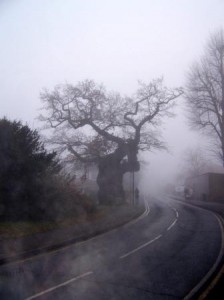
The Crouch Oak marked the boundary of Windsor Great Park and is said to date from the 11th Century
And in books – oh so many to treasure. The apple tree that grew immediately in the brand-new Narnia & made that wardrobe, The Whomping Willow, the Mallorns and all the wondrous Ents. I have wept for the fate of the Entwives.

So it’s not surprising that I can be moved by bonsai. A really well-executed one can take me into another world. The bonsai creator tries to mimic the natural beauty of the yamadori – a tree shaped by its surroundings into a sculpture reflecting its struggle and survival. The ceation of bonsai is, of course, artifice: a simulation of effects that occur organically into a pleasing, portable form.
Like a book.
All writing is like that: reality shaped into a pleasing form, however minute or contorted. We might have to bend the truth to make it fit, snip and constrain to make the very best work – but our readership still responds to something like the yamadori.

And I think there’s more to this analogy – it lies with the writers themselves. Writers need to put down roots, spread them out into the humus of our culture : we need to read, watch, listen. Some of us may have a tap-root of deep knowledge in one area, others may go in for a mat of widespread understanding – and every convoluted variant in-between.

J. R. R. Tolkien in his natural habitat?
We have to develop a trunk to support us – the heartwood of experience. In bonsai, the most damaged be can be the most resilient and the most prized. I believe that can be true of writers.

And then comes the crown, a canopy of photosynthesising leaves that nurtures us first before providing shelter and pleasure and food for others. Creativity takes the up-coming sap of ideas and dreams and magically turns it into new, beautiful things. How mysterious is that?

This bonsai was being trained when Charles I had his coronation in 1626
That’s my alternative to the much-used journey metaphor: growth. I think we each have to find the right place to thrive. Sometimes that might be barren and constricted – and what makes us fruitful.

It’s all to do with maturity – and that’s a wide-ranging thing. Trees vary – like us. Willows can be at their prime in their twenties, beeches barely begun at sixty and the yew is still adolescent at one hundred. But whatever their life story, trees never stop growing.

Bristlecone pines can be thousands of years old and still growing.
I am much encouraged that the ‘early ancient to senescent, or Veteran Stage’ :
for trees with a strong defense system such as oaks, … may be the longest life stage.
(Tree Care Primer – Christopher Roddick)

I take heart in that. My time for blossoming could be now. I may only get rooks and ravens hanging about in my branches – or be felled to make someone else’s writing desk – but thus far, I’m still growing.






